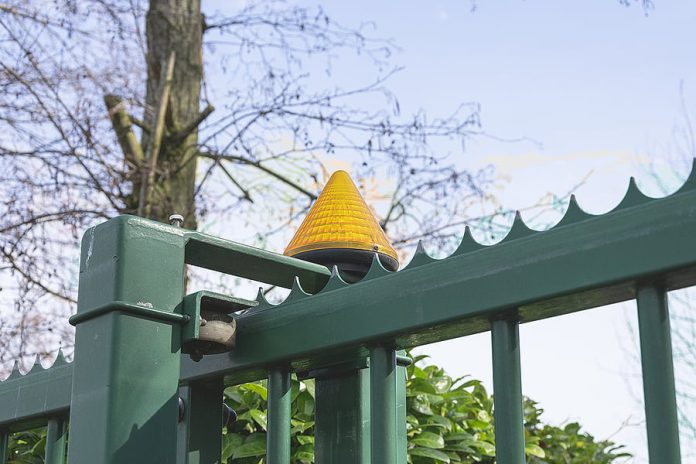What’s your opinion on swinging and sliding gates in vehicle access control applications? What are the qualities and advantages and disadvantages of each, in SEN’s opinion?
A: Swing gates may have one or 2 leaves, while sliding gates may run on tracks, or may be cantilever. Gates can be chain or rack-driven and both types work well in access control applications. Other options include bi-folds. Of these options, sliding gates are slowest, swing gates are faster and bi-folds are fastest of all.
Sliding gates can take up less space as they have no swinging arc, but you need space into which they can return. We’d say there’s a wider range of swinging gates. We’d also say swing gates can be tougher than other options, all other things being equal.
Meanwhile, mechanical components – hydraulic or electromechanical – can be installed on the gate or buried. Hydraulic systems have a longer life and greater operating tolerance than electromechanical systems – depending on site activity, a constant duty system may be required.
Considerations for the integrator or installer will be gate size and leaf weight in order to ensure support pillars and gate operators are adequate for the task. Opening speed and hourly traffic cycles are additional considerations – the busier the site, the faster operations should be. Faster operations also offer higher security, as gates are open for a shorter time.
It’s worth thinking about back-up power and safety features are also vital. These include a manual release and anti-crush protection, as well as safety sensors that can be installed in the arc of a gate’s swing, or set up to monitor the gate’s track for objects in harm’s way.
You also need to pay attention to relevant regulations and standards and finding a quality manufacturer able to customise a solution for your specific application is going to be a major advantage.
#securityelectronicsandnetworks.com












